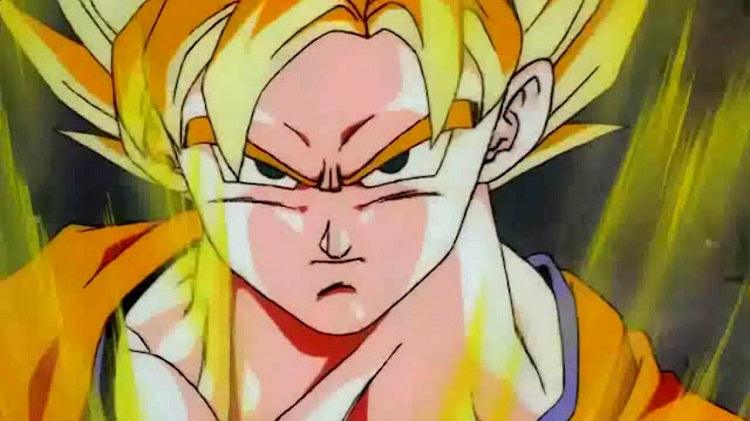Why Is Anime So Popular?
Anime has become mainstream over the last 20-years in most part due to the growth of the internet, and its availability on various streaming platforms and within many fan-based communities.
What was once strictly for diehard fans who’d taken to swapping low quality fan-subbed VHS tapes with one another at conventions, is now an en masse experience thanks to streaming sites offering legal alternatives to watch anime, sometimes, even at the same time that it’s currently being broadcast in Japan.
It shouldn’t be surprising that today's generation would be fascinated with anime. After all, it offers a plethora of genres with a wide variety of appeal. Anime subject matter helps distinguish itself from all of Western animation, in particular, because Japanese anime can revel in more mature subject matter.
American animation, such as shows like South Park and Family Guy, are rarely anything but satirical, or comic in nature. However, those with an interest in animation that are looking for more mature subject matter can find just about anything to satisfy their interest or kink in Japanese anime.
Originating with Japanese comic books, or “Manga,” Japanese anime offers fans many specific genres to explore as well as fan service stories.
A genre like hentai, for example, deals specifically in XXX graphic sexual encounters. Hentai sub genres include “tentacle hentai,” for example, which may feature some monster or demon who violates characters in every way possible.
Shojo is an anime that deals with romantic situations between a student and a teacher, a teenage boy and a girl, teenage girl and a girl, teenage or college-age boy and boy (also called a “Boy Love” anime), etc. Shojo anime does a good job as conveying the genuine emotions of adolescents, which then allows for it to transcend race, ethnicity, and cultural gaps.
Slice of life anime, deals with exactly that: a slice of daily Japanese life.
Ecchi anime, regardless of magical storyline, will always feature a boy/man and a harem of girls/women, whether they are superheroes or wizards in a Harry Potter-esque world. At day, characters often team up to save a universe, world, realm, etc. and at night, they all share the same bed.
Anime is also supported by a culture that surrounds the medium. Fan conventions for cosplay, online discussion communities on YouTube, Reddit, Facebook, etc., but also, local viewing parties for friends, and local venues that offer watch clubs, and an intense bevy of merchandise from DVDs to posters to stuffed animals to figures have created a collectable and communal aspect within pop culture that gives anime fans more things to collect than fans of Star Wars.
Fans at conventions engage in cosplay but also in genre roles. For example, at an anime convention fans may be able to eat at a maid / butler cafe where cosplayers serve food and drinks dressed up.
Anime Criticisms
Some in the West have complained publicly about sexism in anime. Anime series created around fan service stories, in particular, have received negative notice in the press. These series have also been banned in some countries in the world for violence, but also for their sexualization of teenage girls / young women.
Regardless of how some audiences in certain countries may feel about anime, it’s impossible to deny its popularity as a storytelling artform that is attractive to specific generations of young men and women across the world.
Whether its popularity comes from anime’s wide array of genres, the unique stories within those genres, the fanservice sexuality, hyper violence, introduction to a different country’s culture, or the insane animation, it’s difficult not to take it seriously as a art form in the 21st Century given it’s grow in popularity, profitability, and presence in the mainstream.

